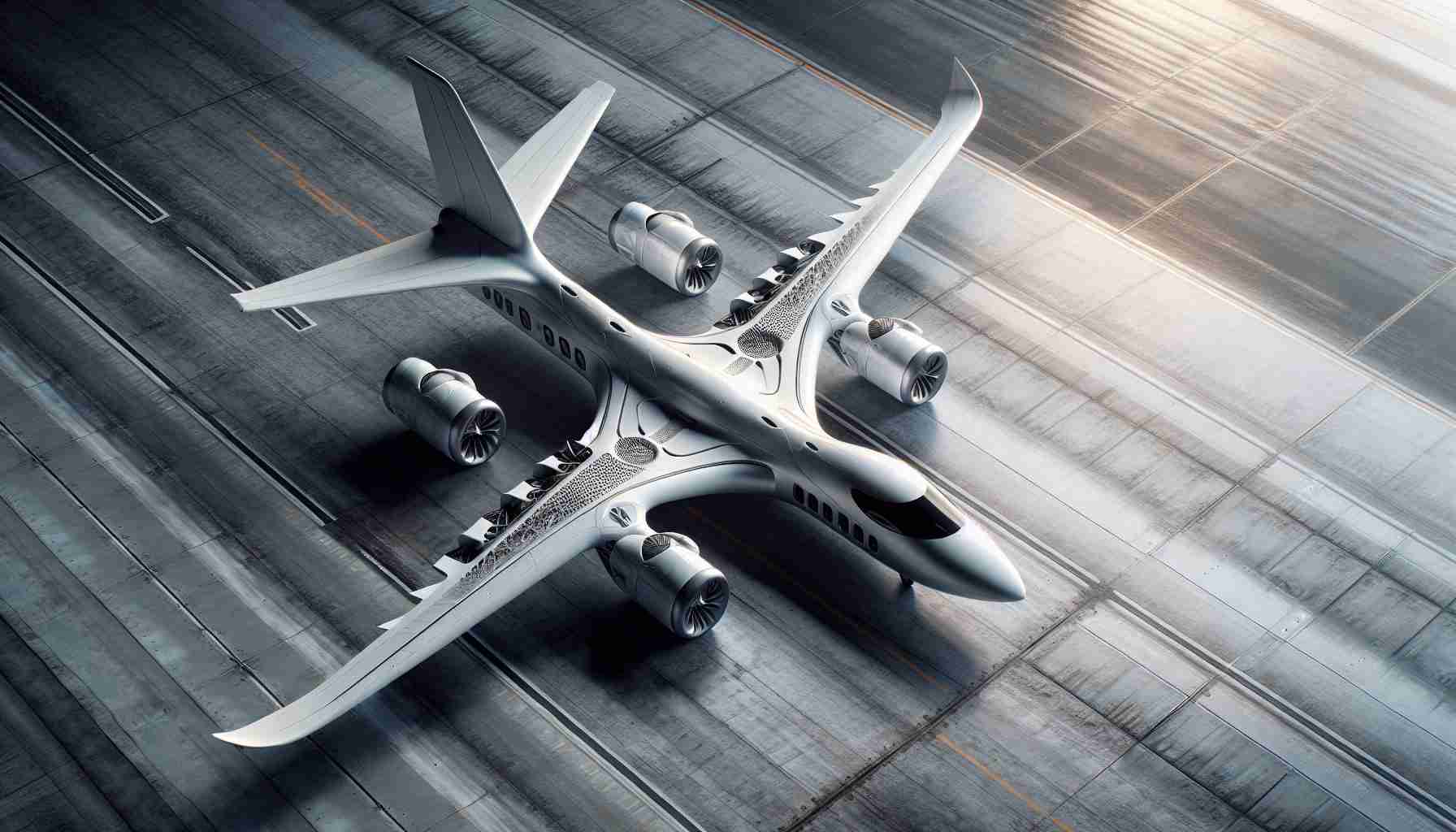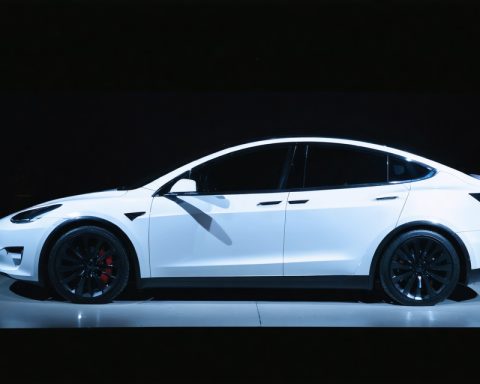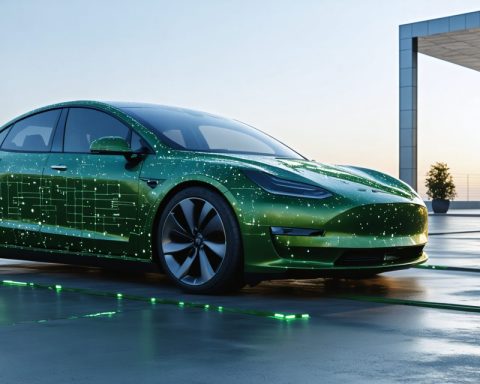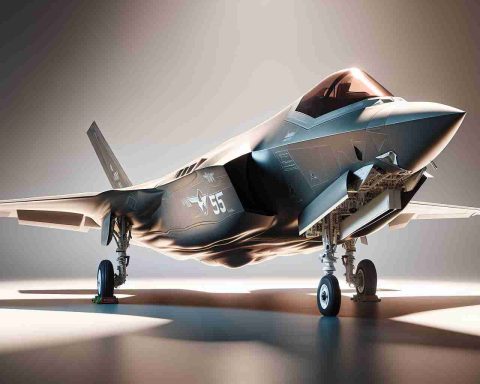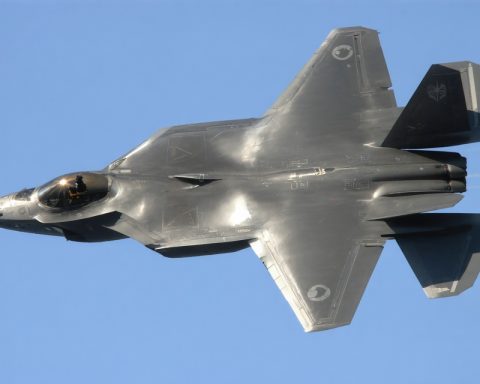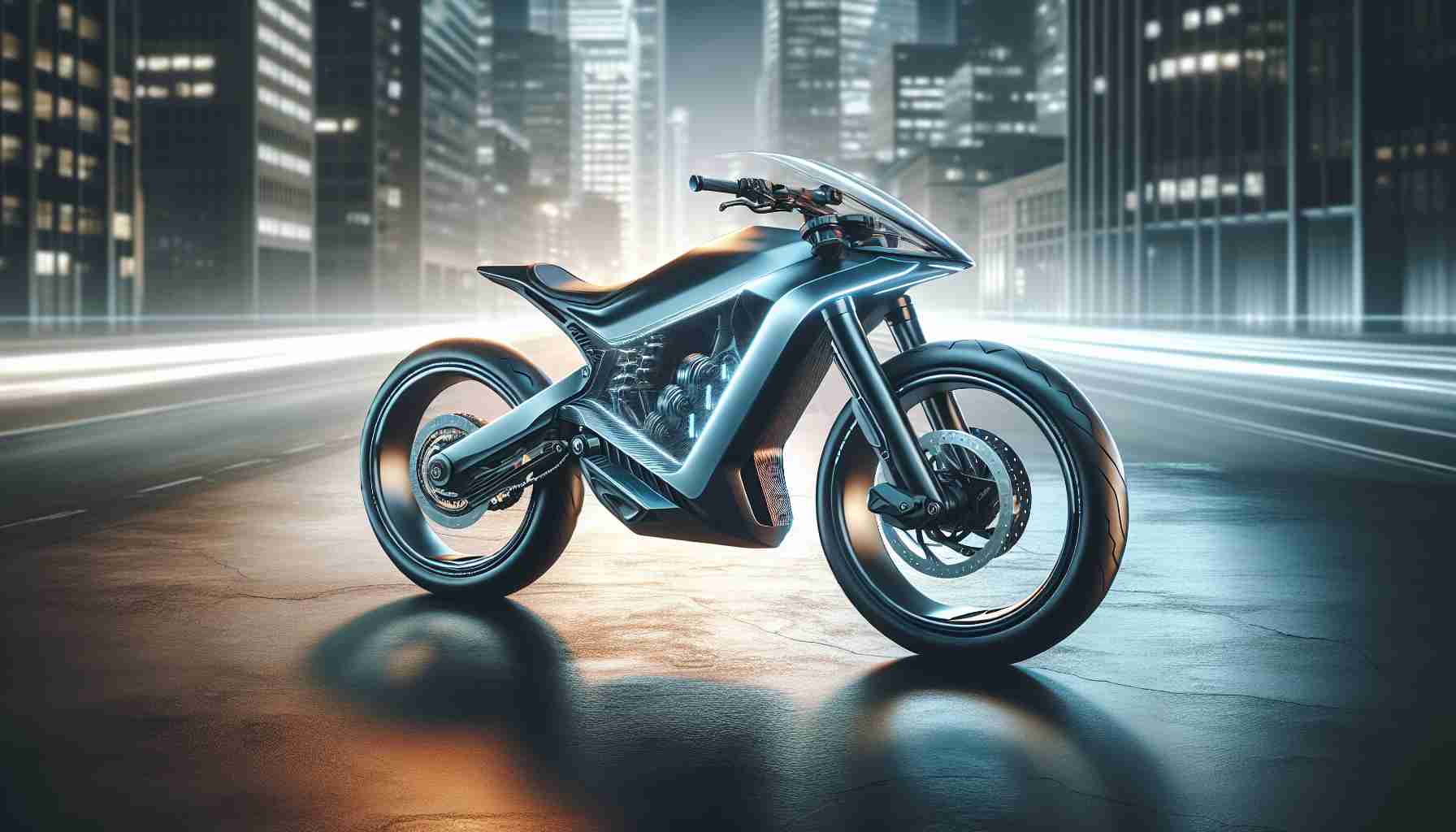The United States Air Force is advancing its aviation technology with an innovative prototype initiative proposing significant improvements for future military, cargo, and potentially commercial aircraft. The Air Force enlisted JetZero in mid-2023 to develop a prototype Blended-Wing Body (BWB) aircraft aimed at showcasing and testing new technological capabilities. Recently, nearly a year and a half into the project, the Air Force has shared its initial progress.
Pathfinder Prototype: The “Pathfinder” prototype, a scaled-down model with a 7-meter wingspan, has been making strides in demonstrating its effectiveness. This experimental aircraft serves as a vital tool in exploring the BWB designs, with the potential to achieve a dramatic 30% reduction in fuel usage compared to current models. Hence, it’s become a top priority for the Air Force due to its environmental benefits and operational efficiency.
Current Testing and Manufacturing Progress: The prototype has undergone successful test flights at Crows Landing, California, validating JetZero’s innovative BWB concept. The testing phase revealed that the aircraft’s flight characteristics align well with earlier research models, thus paving the way for further development. Scaled Composites, a Northrop Grumman subsidiary, is fabricating full-scale components in anticipation of production, set to officially begin in 2026.
Strategic Implications and Future Capabilities: The initiative represents a strategic leap forward, aligning with the Air Force’s goals to enhance readiness and logistics, particularly for operations in challenging regions like the Indo-Pacific. The prospect of a BWB-configured aircraft is seen as transformational, impacting everything from cargo transportation to air refueling missions. Looking ahead, the Air Force is planning its first full-scale aircraft flight for September 2027, signaling a new era of efficiency and capability within aerial operations.
Aviation Revolution: Blended-Wing Body Aircraft Prototype Takes Flight
The United States Air Force is leading a significant shift in aviation technology with its innovative Blended-Wing Body (BWB) aircraft initiative. Designed to revolutionize military and perhaps commercial aviation, this project, in collaboration with JetZero, promises advancements in both environmental and operational aspects. Nearly a year and a half into the project, the Air Force has begun revealing the progress of this futuristic aircraft.
Pros and Cons of the Blended-Wing Body Design
Pros:
– Fuel Efficiency: The BWB design offers a potential 30% reduction in fuel usage, presenting substantial environmental benefits and cost savings.
– Improved Aerodynamics: BWB structures provide better aerodynamic performance, which could translate into increased range and payload capacity.
– Strategic Adaptability: The design could transform military logistics, offering new possibilities for cargo transport and air refueling missions.
Cons:
– Design Complexity: The BWB aircraft requires advanced engineering and manufacturing techniques, which could increase initial development costs.
– Integration Challenges: Transitioning from traditional designs to BWB could demand substantial modifications to existing infrastructure and support systems.
Key Features and Innovations
The Pathfinder prototype, with its 7-meter wingspan, serves as a critical tool in testing and refining the BWB design. This scaled-down model’s successful test flights at Crows Landing, California, have demonstrated that its flight characteristics align with expectations based on previous research. The innovative design is paving the way for new levels of efficiency and capability in aerial operations.
Predictions and Future Developments
The Air Force has planned further advancements for the BWB aircraft, including its first full-scale flight targeted for September 2027. This milestone signals an upcoming era of enhanced operational efficiency and capability, particularly in challenging regions like the Indo-Pacific. Anticipated advantages include improved logistics support for various military applications, possibly extending to commercial aviation sectors.
Manufacturing and Market Insights
Scaled Composites, a subsidiary of Northrop Grumman, is at the forefront of producing full-scale components, with official production anticipated to commence in 2026. The initiative aligns with the Air Force’s strategic goals, enhancing readiness and logistics capabilities. The adoption of BWB designs could influence future aviation markets significantly, steering towards sustainable and efficient flying technologies.
For more information about the advancements in aviation technology led by JetZero and related innovations in the aerospace industry, visit Northrop Grumman.
